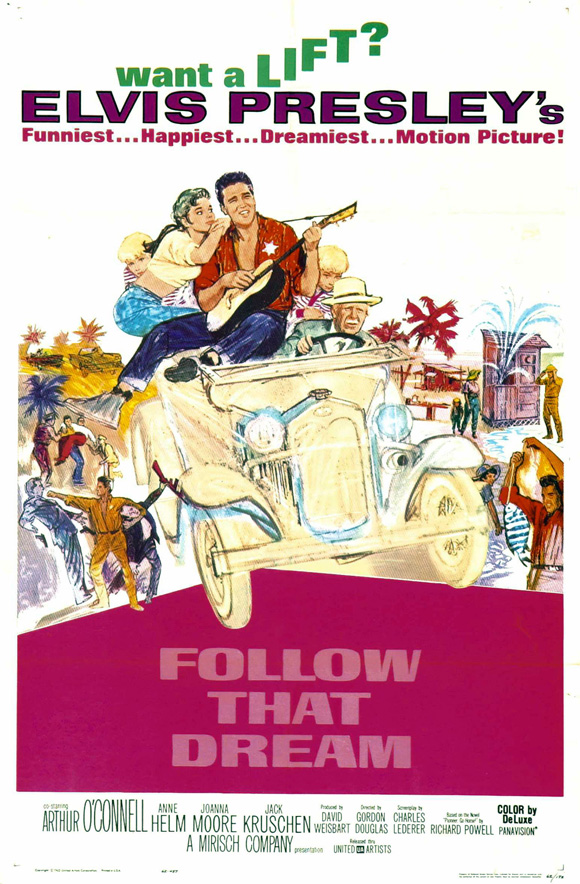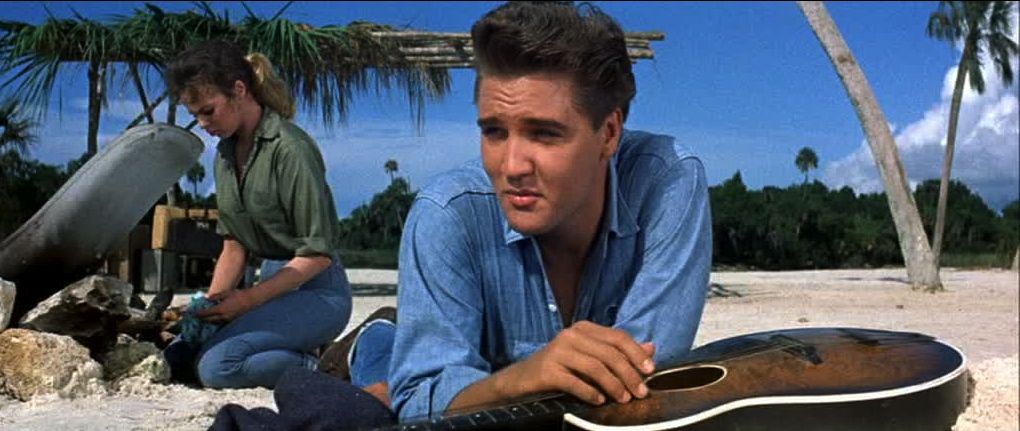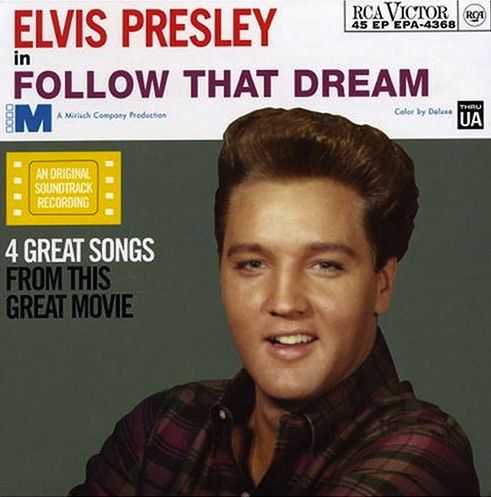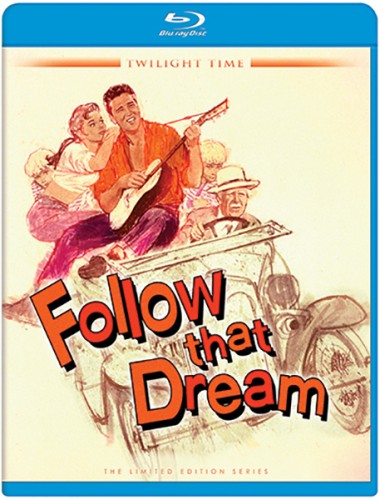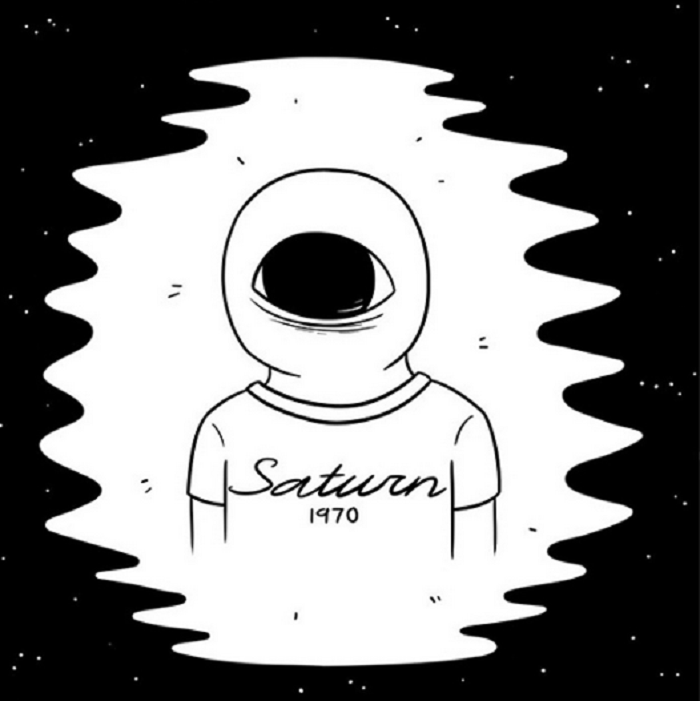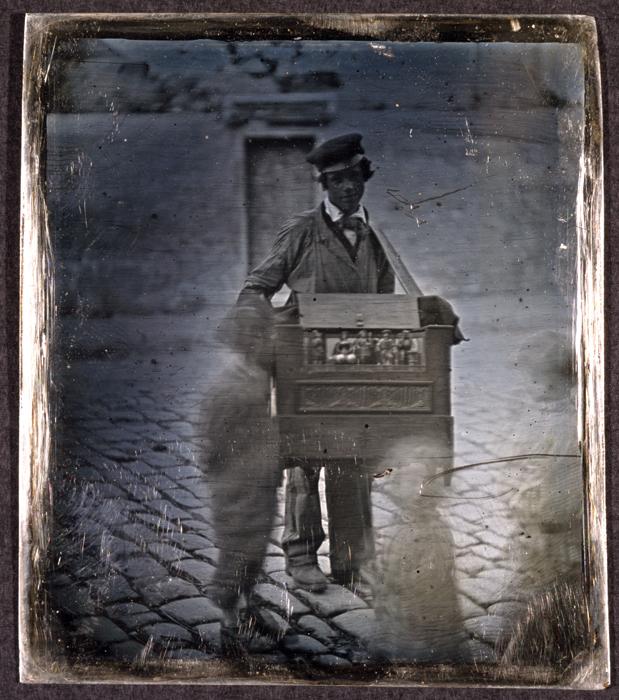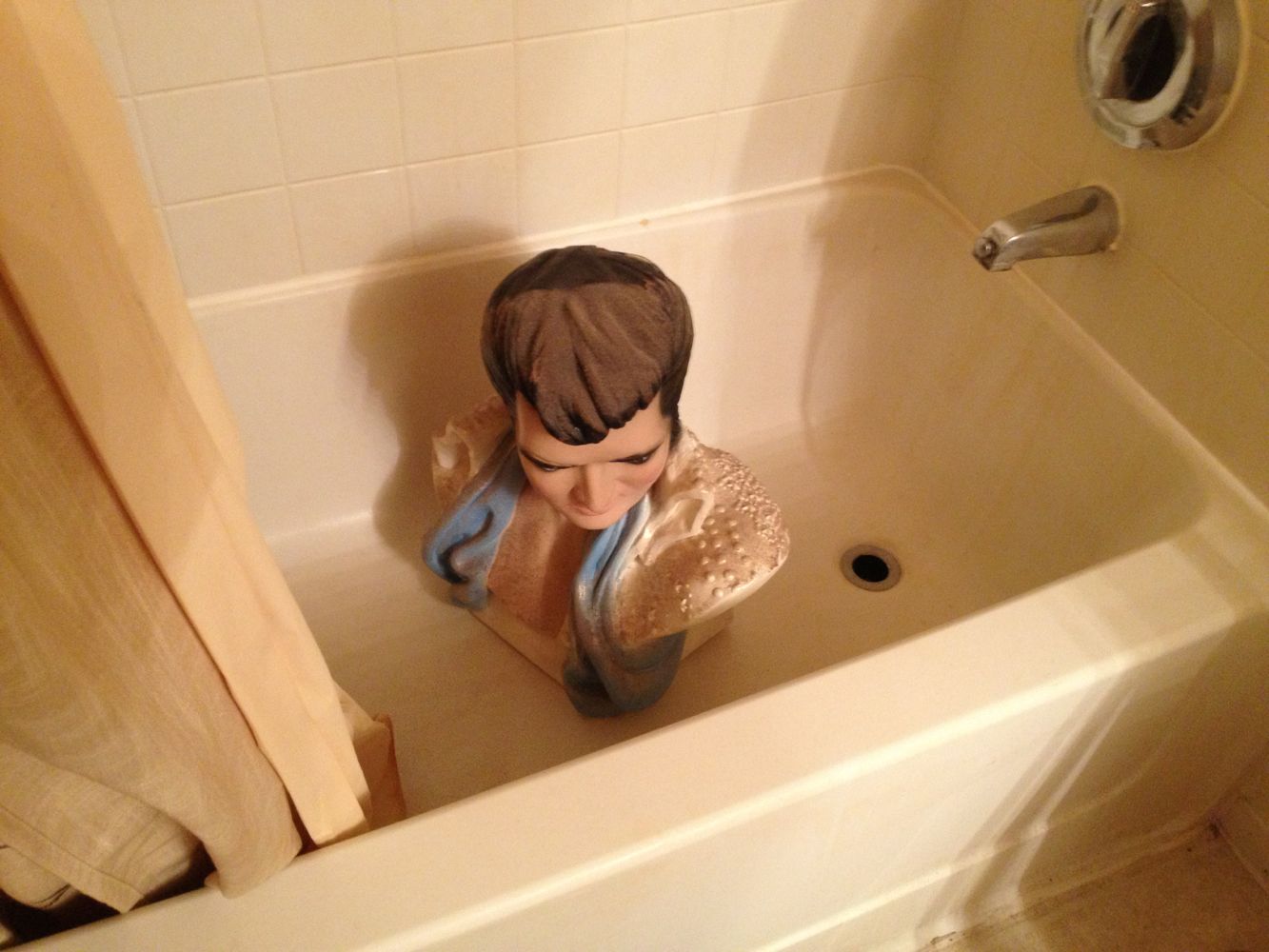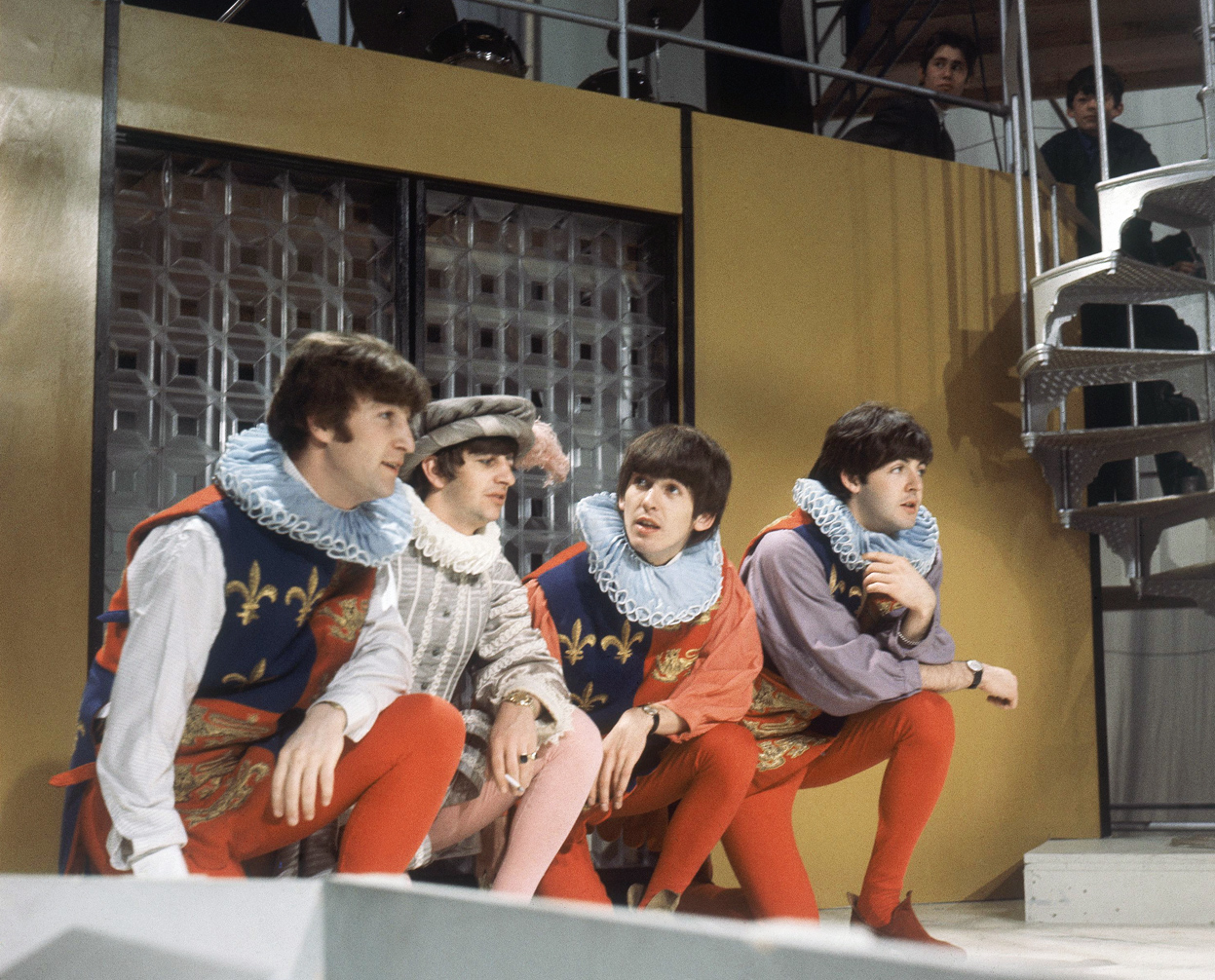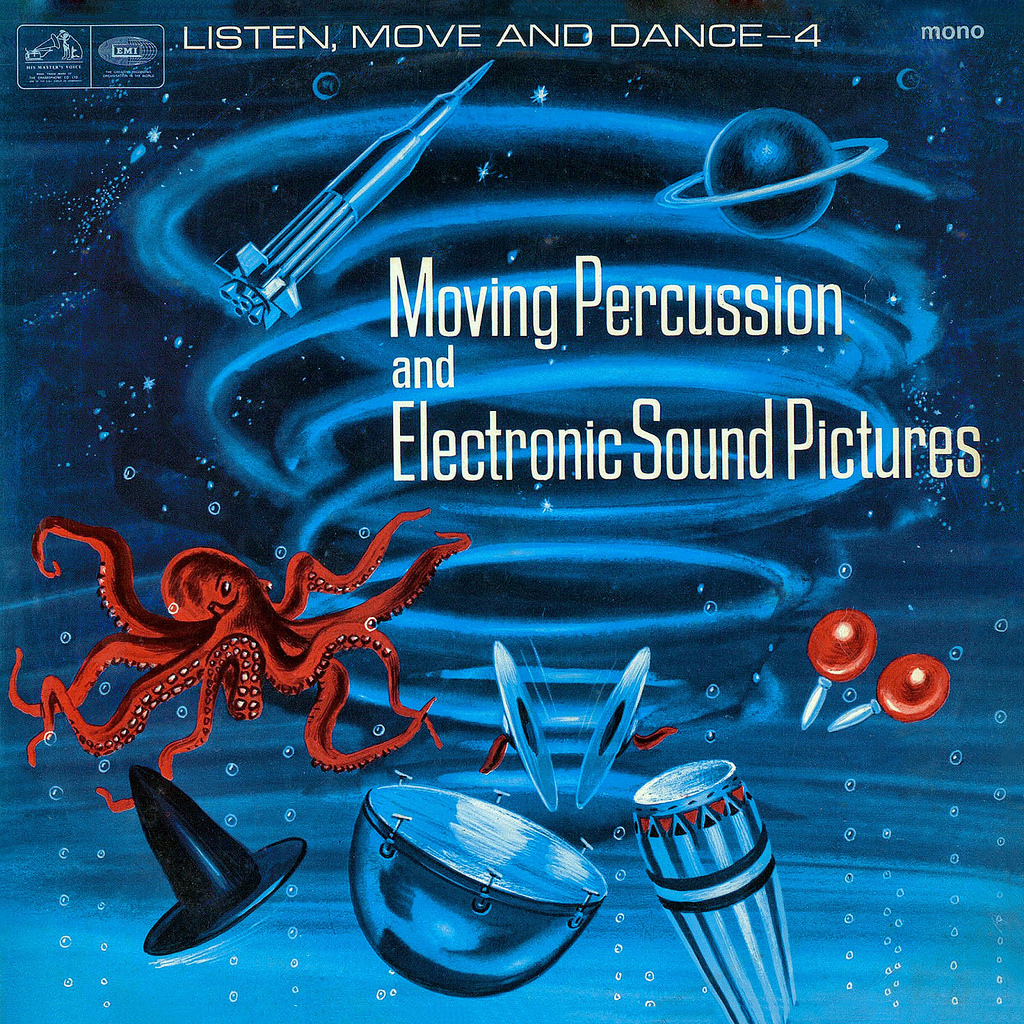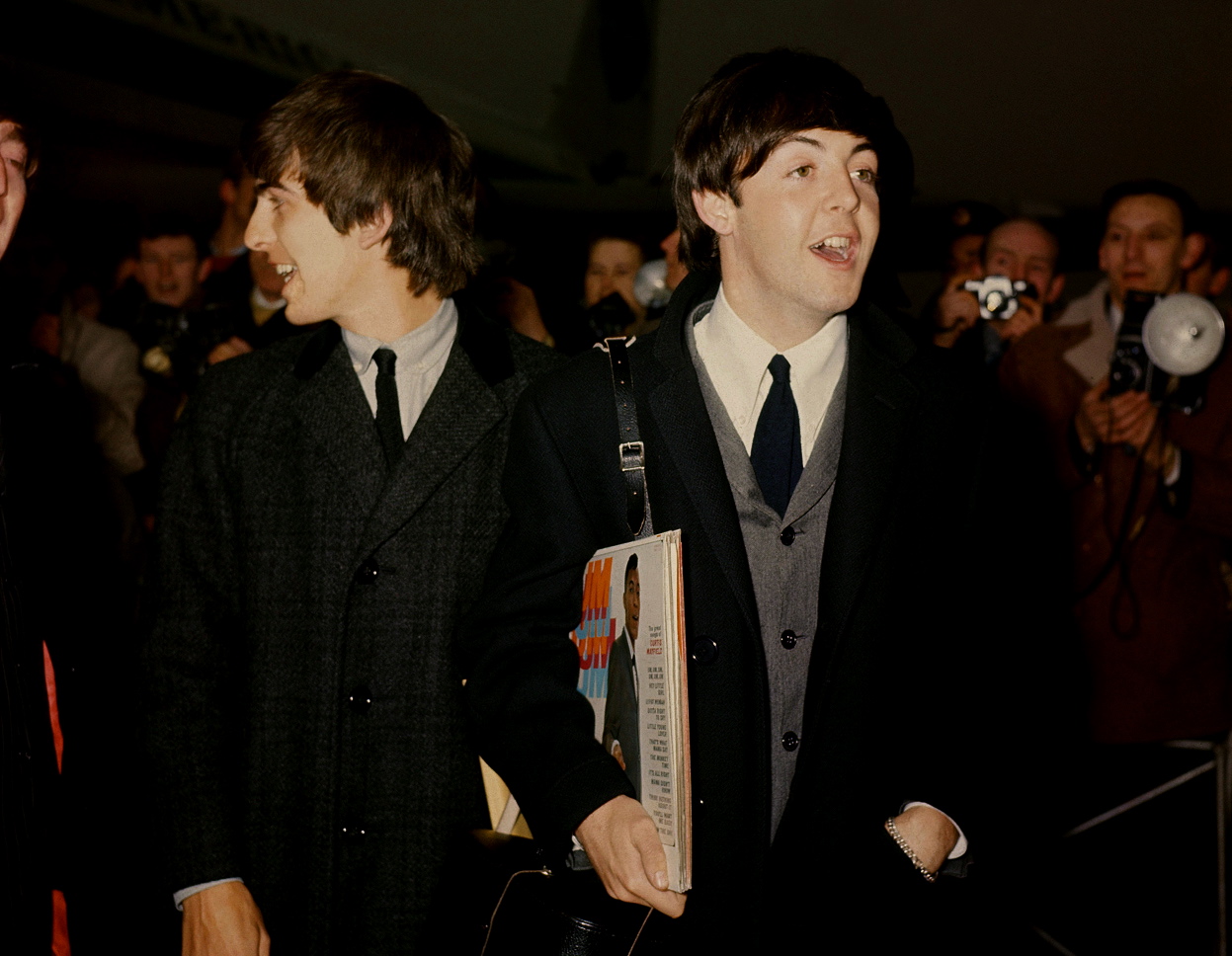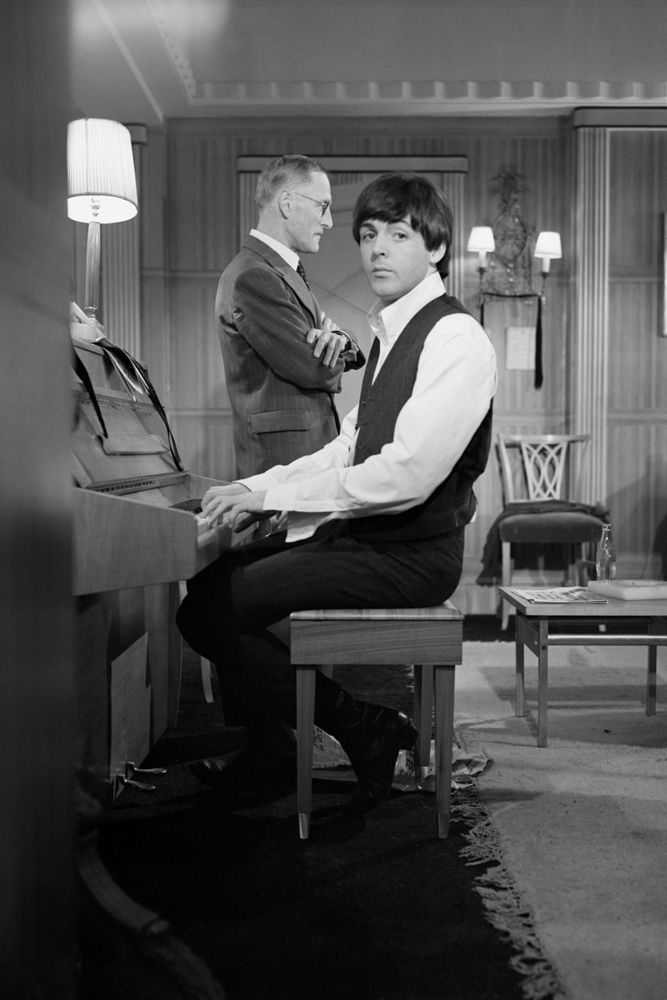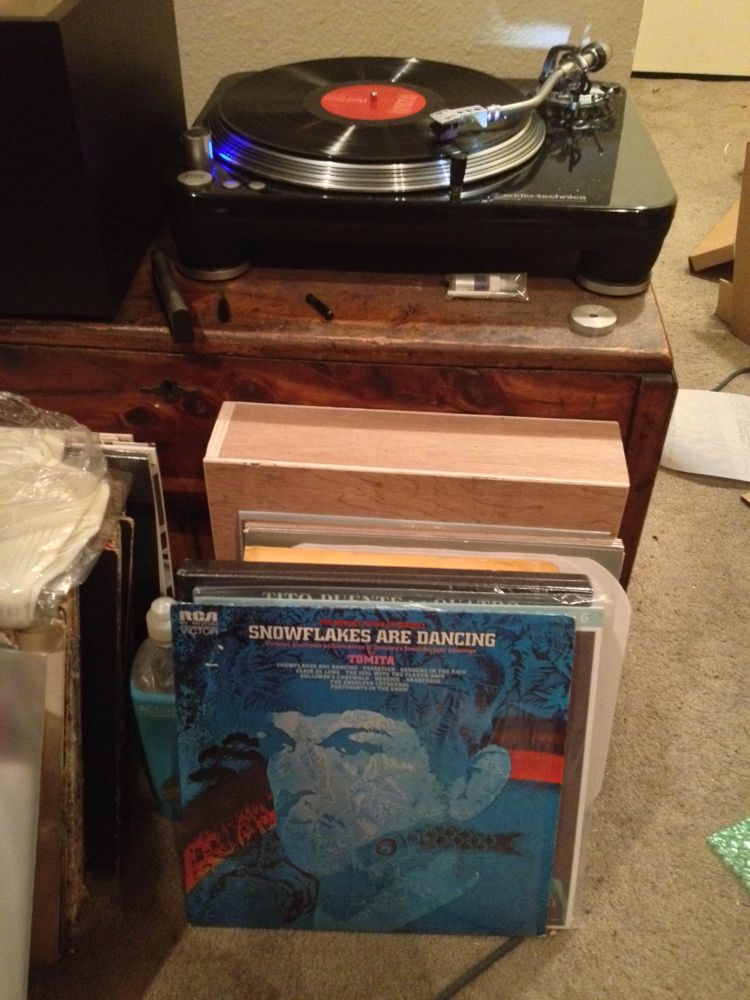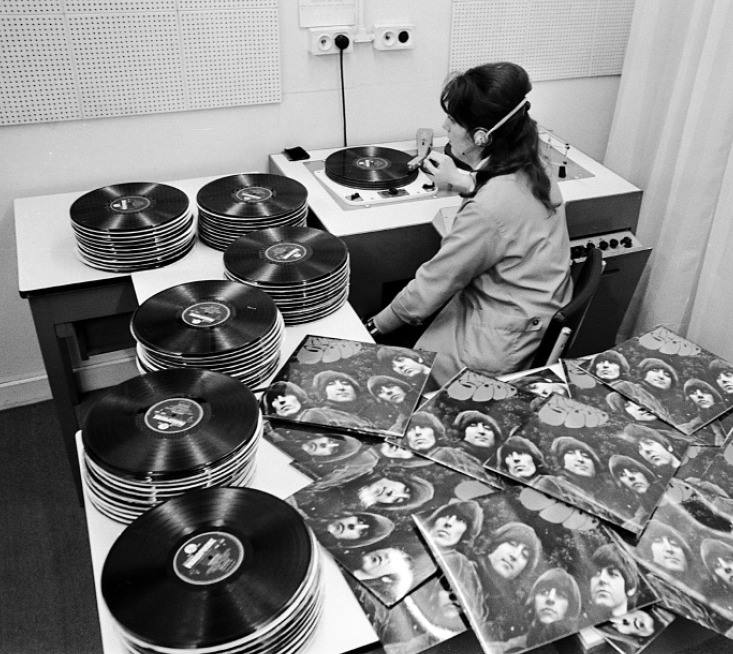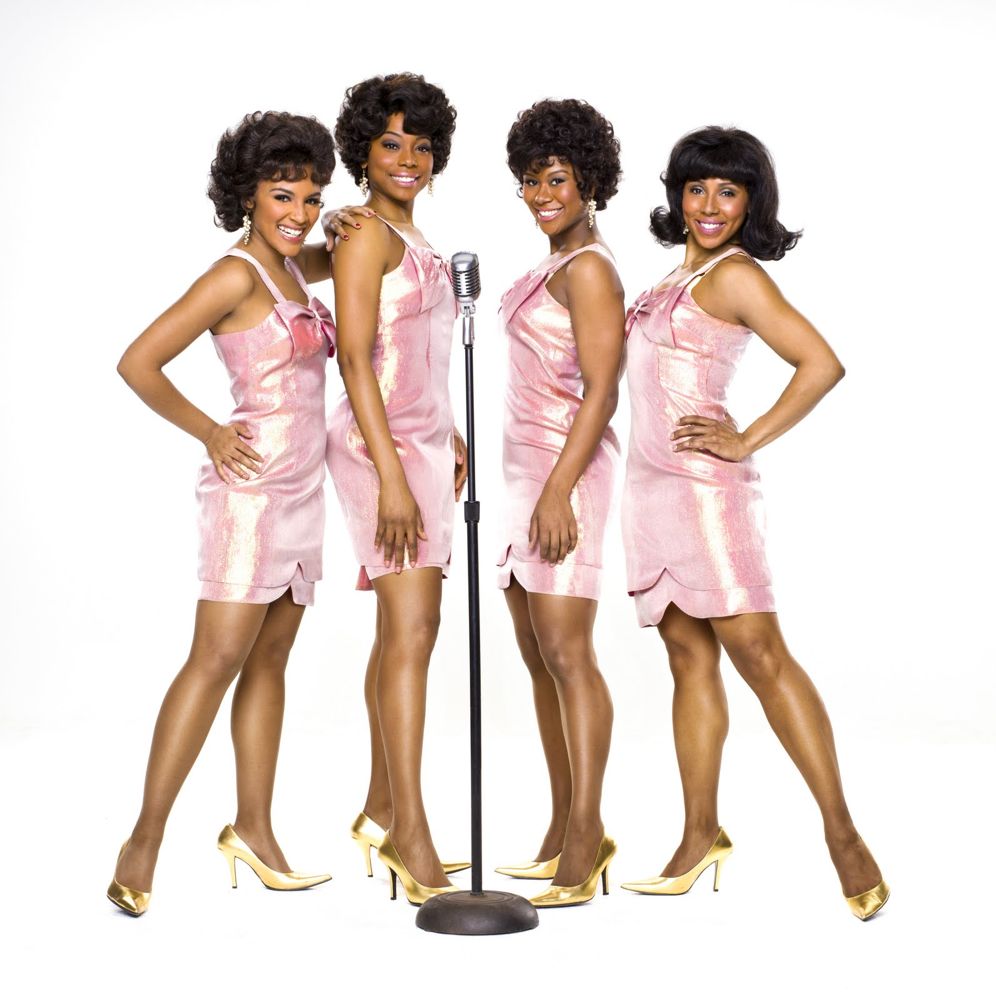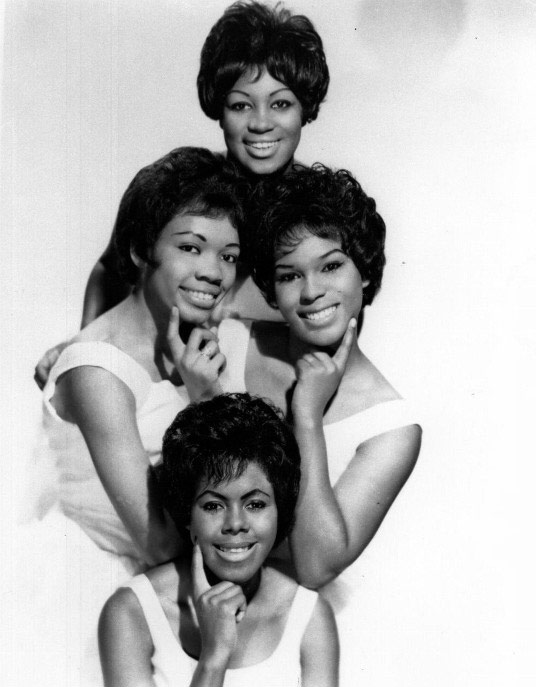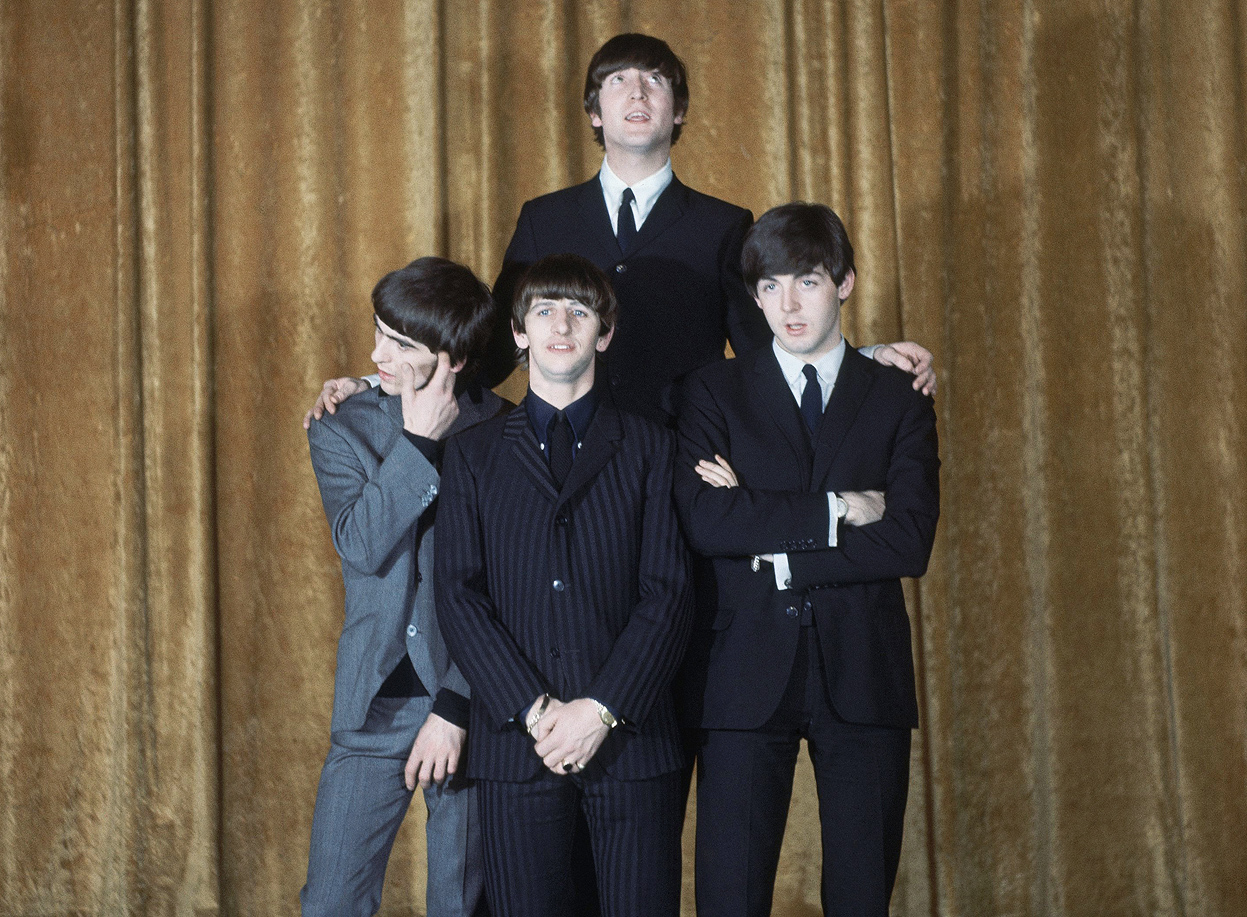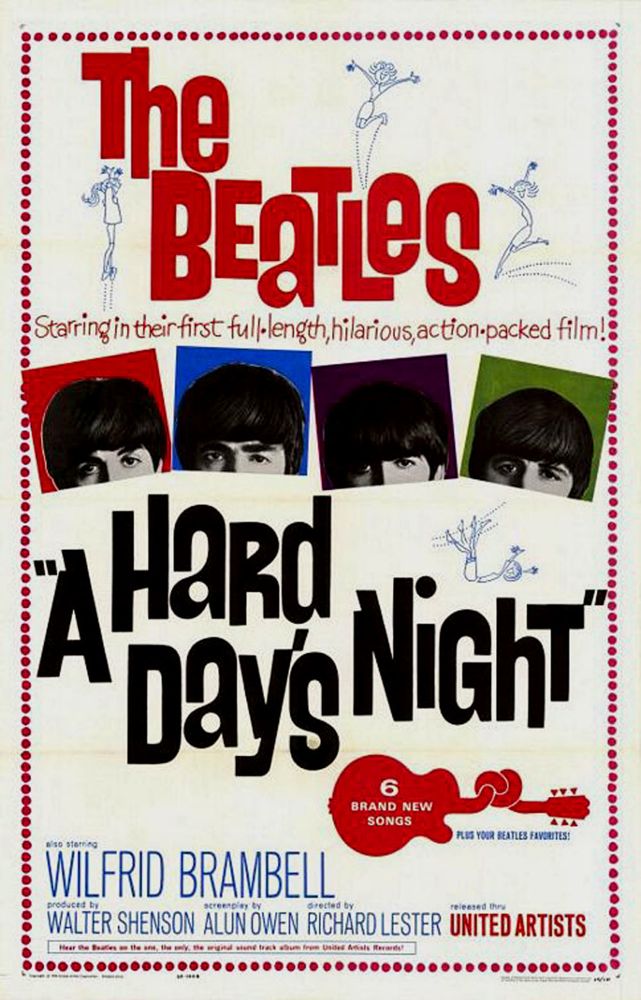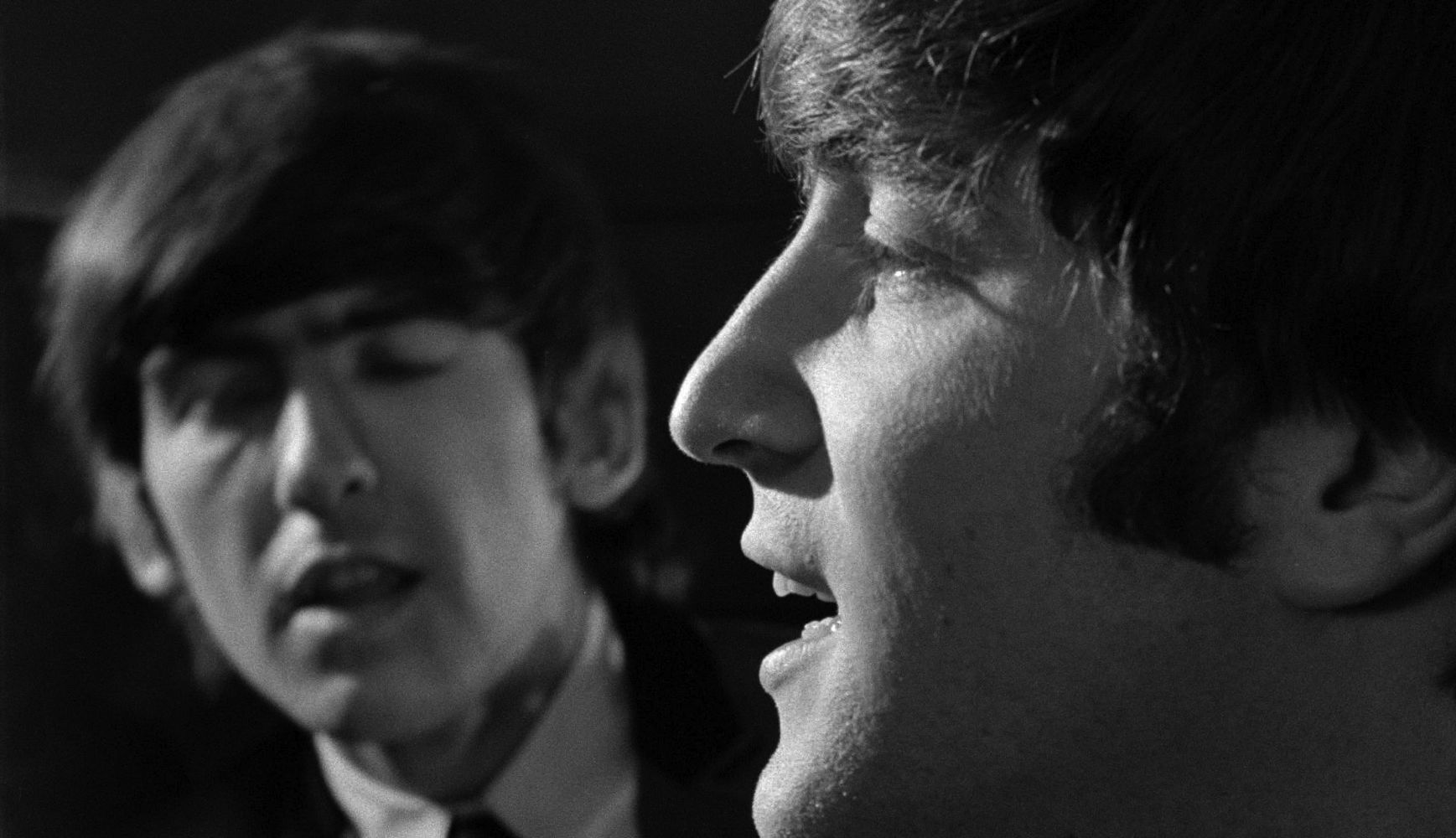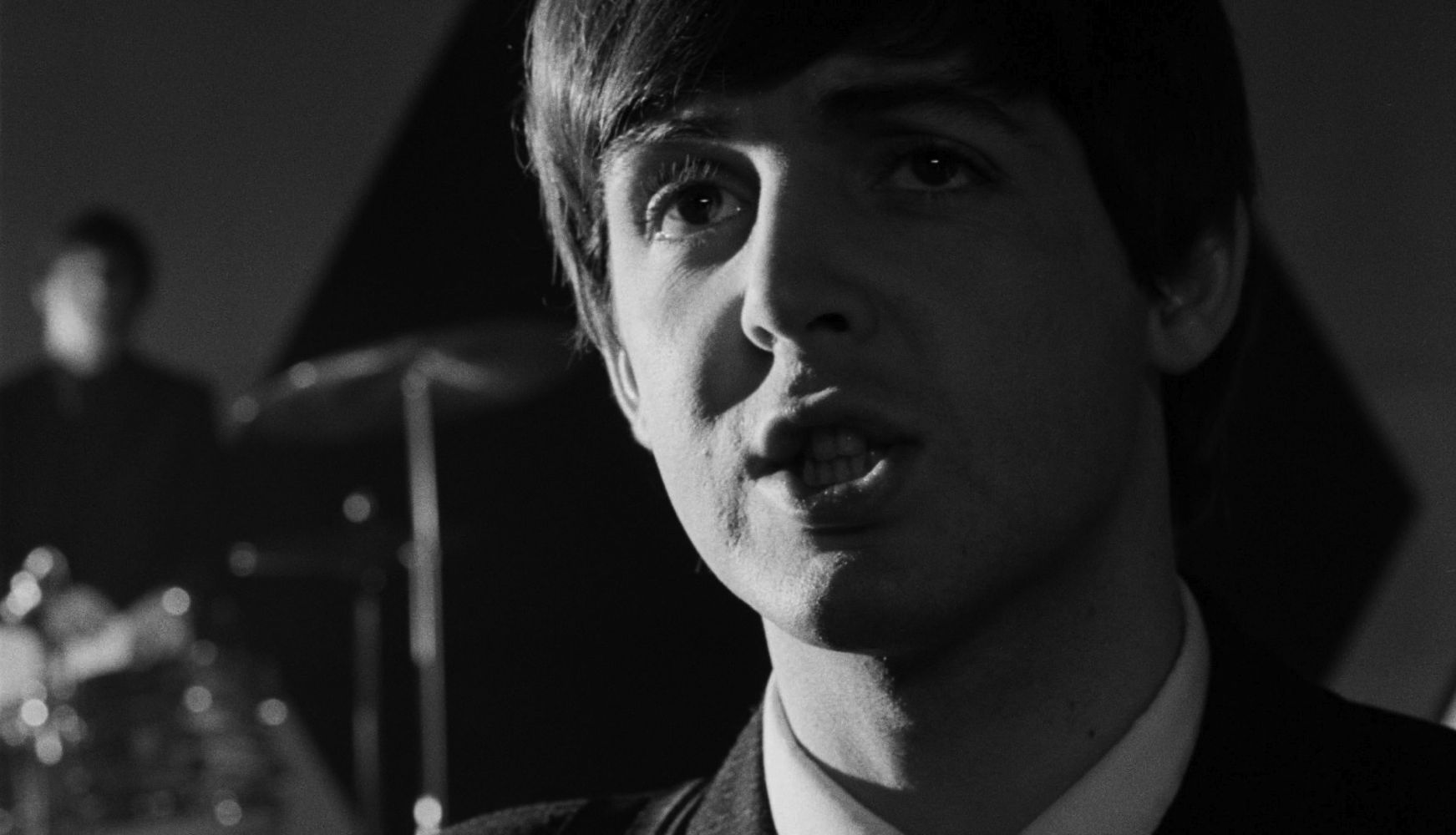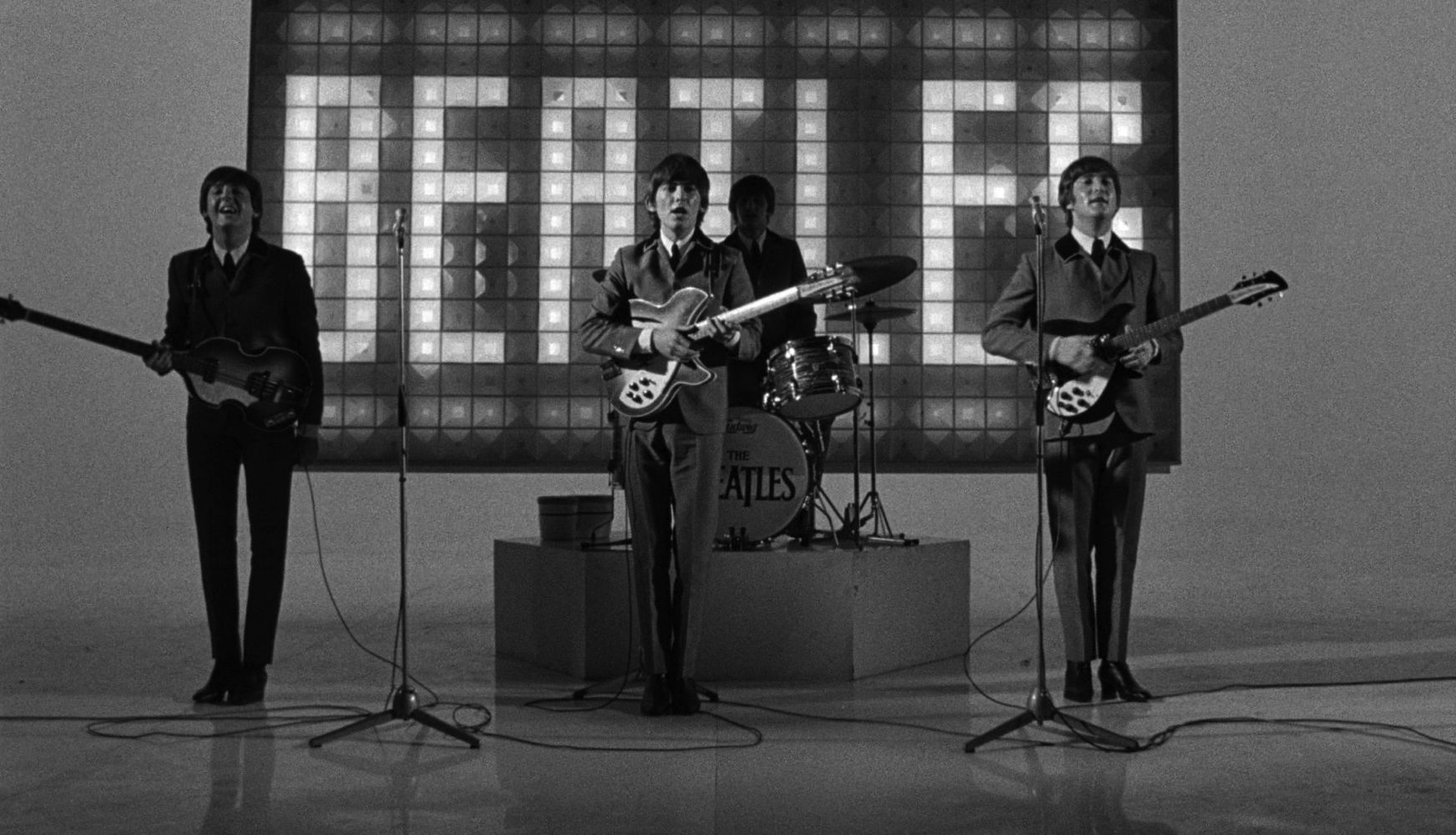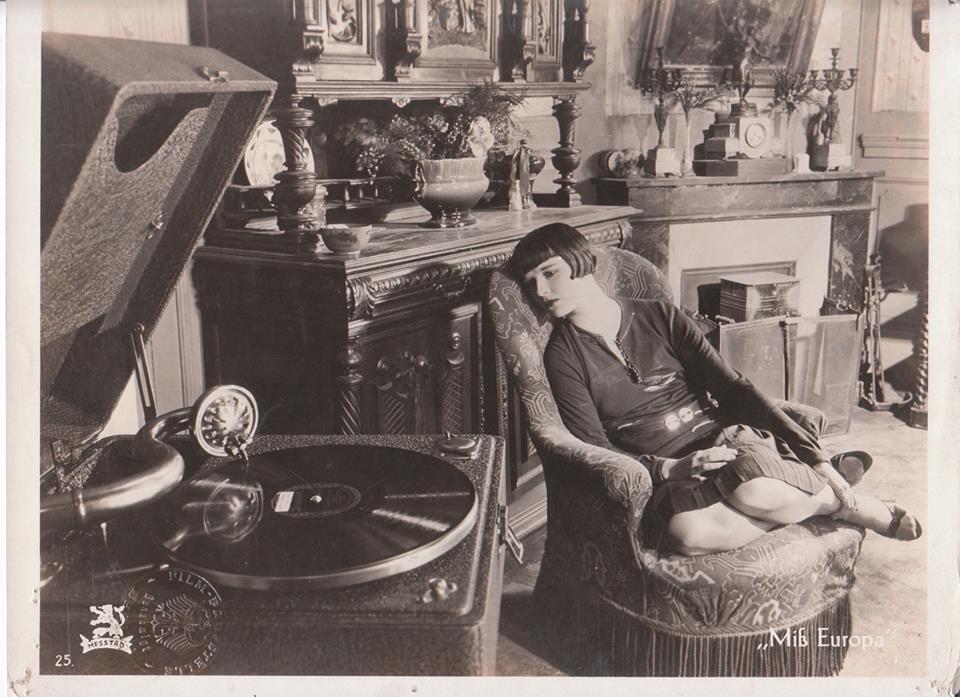A case might be made that a cinema without conventional artistic ambitions would be the purest form of cinema possible. Its visual aspect would aspire to delight and interest without convincing anyone that its images were aesthetically valuable in themselves. Its narrative aspect would aspire to engage without convincing anyone that the drama it served was profound or important. It would reduce every aspect of cinema to the absolute essence of cinema’s appeal — moving pictures of interesting places and people that tell a coherent and involving story just for its own sake.
From this viewpoint, many of the movies starring Elvis Presley would rank as the purest sort of cinema. They consist of images crafted by highly competent technicians which are pleasing to look at and often very interesting as photographic records. Their narratives have no pretensions to dramatic profundity but are diverting and amusing. They are set in interesting places, a mix of actual locations and studio sets that meticulously recreate actual locations with daring artificiality. They are all organized around a personality with a riveting screen presence and a spectacular talent — singing — who is fascinating to watch quite apart from his skills as an actor impersonating a character.
Many Elvis movies fail to deliver any of the elements we normally expect cinematic “art” to deliver, yet they are exhilarating phenomena all the same. They reduce commercial narrative cinema to its essence, and remind us that the essence of commercial narrative cinema has a high value in its own right. They are great and admirable because they are intensely fun and fascinating and pleasing without pretending to be anything other than intensely fun and fascinating and pleasing.
Check out Twilight Time’s new Blu-ray edition of the Elvis movie Follow That Dream. It is intensely fun and fascinating and pleasing. It is pure cinema.

